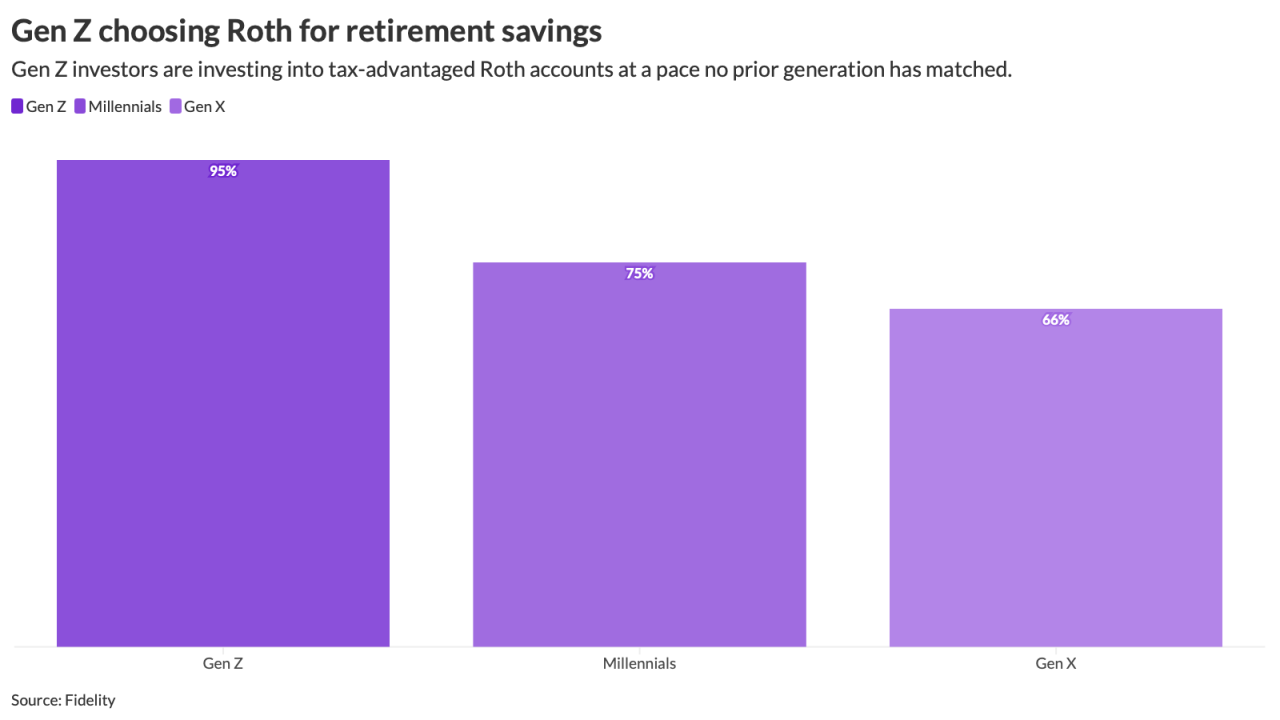Comparing prescription drug benefits offered on the Covered California state-run exchange is expected to be easier during the 2015 open enrollment than it was in 2014, thanks to the availability of more information. A new state law requiring all plans to use a standard formulary seeks to vastly improve upon that shopping experience, but those changes wont actually take effect for at least another three years.
Only some of the health plans posted HIX formularies on their websites last year at this time and a lack of standardization made it difficult for prospective enrollees to make sense of the lists. Now there are links to all 10 plans formularies, though each one is formatted differently. That may confuse consumers who are not used to looking at details such as tiering and prior authorization and step therapy controls, wrote Chris Lewis, a market analyst for HealthLeaders-InterStudy, in a recent blog.
But the wheels are in motion to make HIX drug formularies more transparent and understandable. Senate Bill 1052 requires qualified health plans on the exchange to post their formularies online and link them to Covered Californias website by Jan. 1, 2015, whereas formularies currently must be filed only with state regulators.
See Also:
The next step toward meaningful change will come two years later when the state Insurance Department and Department of Managed Health Care must devise a standard formulary. Lewis also noted that within six months after the template is developed, all insurance plans in California, not just those on the exchange, will have to conform to that template and post regular formulary updates.
The legislation was authored by Sen. Norma Torres, D-Pomona, and backed by the American Cancer Society Cancer Action Network. A Senate bill analysis suggested that it was impossible or incredibly time consuming to obtain information involving prescription drug coverage. Torres initially proposed the creation of a Covered California portal that would allow residents to search for their scripts and view coverage details, but it was considered too costly as part of this bill. The idea reportedly will be revived in a new bill next year.
Senate Bill 1052 was opposed by several leading health insurers, including Aetna and Anthem Blue Cross, as well as trade organizations, including Americas Health Insurance Plans, California Association of Health Plans and Pharmaceutical Care Management Association.
They described the bills requirements as unworkable and in conflict with other requirements related to formularies and suggest that policymakers should instead focus on controlling the underlying cost pressures of prescription drugs, considering the alarmingly high price tag of many new specialty drugs, according to a Senate bill analysis.
Another argument was that presenting formularies and benefit designs as they see fit would help enable health plans distinguish themselves from competitors. PBMs also griped that the bills formulary template doesnt match nationally standard formats and that it would be technologically difficult to implement the change.
Still, Lewis wrote that the legislation ultimately will help California consumers, particularly those with debilitating diseases for whom drug coverage makes a big difference in choice of health insurance plans. With all the benefit decisions facing them, including confusion over narrow provider networks, why not make it as easy as possible to determine not only how much they will pay for drugs, but whether their drugs are covered at all?





